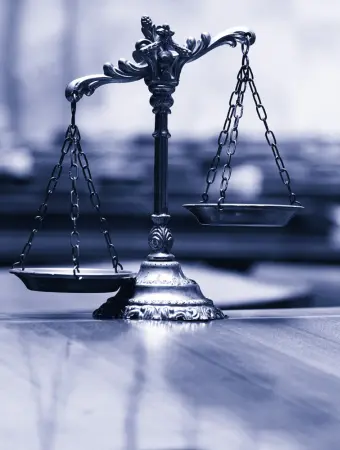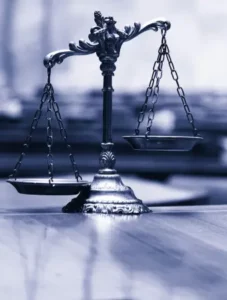First Court Appearance in Montana
Getting a summons or being taken to jail is stressful. This guide explains what actually happens at your first court appearance in Montana, what decisions get made, and what you should do before and after the hearing. This is general information—not legal advice. Every case is different.
Before the hearing: what to do now
- Read your paperwork. Your citation/summons lists your charge(s) and court. Show up early with a government ID.
- Talk to a defense lawyer ASAP. Early advice can change outcomes (release conditions, what to say/not say, deadlines).
- Check if your court allows remote appearance. Many Montana courts—including Missoula County Justice Court—allow Zoom for some hearings; initial appearances are often on the daily calendar. Verify your judge’s rules.
- If you’re in custody, you must be brought to a judge without unnecessary delay. Montana law requires an initial appearance “without unnecessary delay” and permits two-way audio-video for that hearing.
Montana State Legislature - Bring what helps: proof of residence/employment, treatment enrollment, and names of supporters who can speak to stability—useful when release conditions are set.
What actually happens at the first appearance
When a law enforcement officer believes you’re driving under the influence (or in actual physical control while impaired), here’s what usually happens:
1) The judge confirms who you are and the charge(s)
You’ll be told what you’re accused of and the maximum penalties. Where arraignment is combined with first appearance, it occurs in the court that has trial jurisdiction.
2) Your right to a lawyer is addressed
At the initial appearance, the court must tell you about your right to counsel and ask whether you want a lawyer. If you’re financially unable to hire one and incarceration is a possible sentence, the court orders the Office of State Public Defender to represent you (pending eligibility).
3) Release/bail conditions
If you’re in custody, the judge decides whether you’re released and under what conditions. By statute, courts can set conditions to ensure appearance and public safety—no contact orders, travel limits, testing/monitoring, treatment, curfews, electronic monitoring, or posting bail. The court must use the least restrictive conditions that reasonably manage risk, and can amend conditions later.
4) Scheduling (and sometimes the plea)
- Misdemeanors: Arraignment may happen at the same time (you plead Not Guilty to preserve rights).
- Felonies: Often a separate arraignment is set; you’ll get dates for an omnibus/scheduling conference and motion deadlines.
The court can order you physically produced for arraignment as needed.
What you should (and shouldn’t) do in the room
What You Should Do:
- Speak clearly, answer the judge’s questions, and ask for a lawyer if you don’t have one yet.
- Provide info that helps with release (job, residence, caretaking, treatment).
- Follow the judge’s instructions on testing/monitoring immediately.
What You Should Never Do:
- Explain “your side of the story” at length. Anything you say is on the record.
- Contact alleged victims/witnesses if the court orders no contact. That’s a fast way back to jail (violation of conditions).
After the hearing: what’s next
- Follow release conditions to the letter. Missed check-ins or dirty tests get reported fast.
- Get discovery and map deadlines. Your lawyer will request police reports, video, calibration logs, etc., and set motion strategy.
- Expect pretrial services in many Montana courts. Montana’s pretrial program uses a validated risk assessment; Missoula participates. You may have check-ins, reminders, or monitoring tied to your risk level.
- If your case is a DUI: read up on administrative license issues and timelines separate from the criminal case.
DUI Penalties in Montana and Implied Consent Law – and Contact Maldonado Law for a Reliable DUI Defense Attorney
Quick Checklist (save this)
- Confirm court location or Zoom details for your judge.
- Bring ID and arrive 20–30 minutes early.
- Ask for a lawyer if you don’t have one; complete any public defender paperwork right away, and get in touch with Maldonado Law if you want a defense you can count on.
- Collect proof of residence/employment/treatment to support release.
- Get and follow written release conditions (keep a photo on your phone).
Clear next step
If you’ve got a court date coming up, talk to a defense attorney now so your release conditions and deadlines don’t blindside you. We fight hard to protect your rights, and the rights of your loved ones, and secure the best outcome possible.
We’re Here to Help.
Maldonado Law - Big Sky's Defender
Learn more : Maldonado Law – About Us
Learn More : Our Criminal Defense Services, Strategies, and Experience






